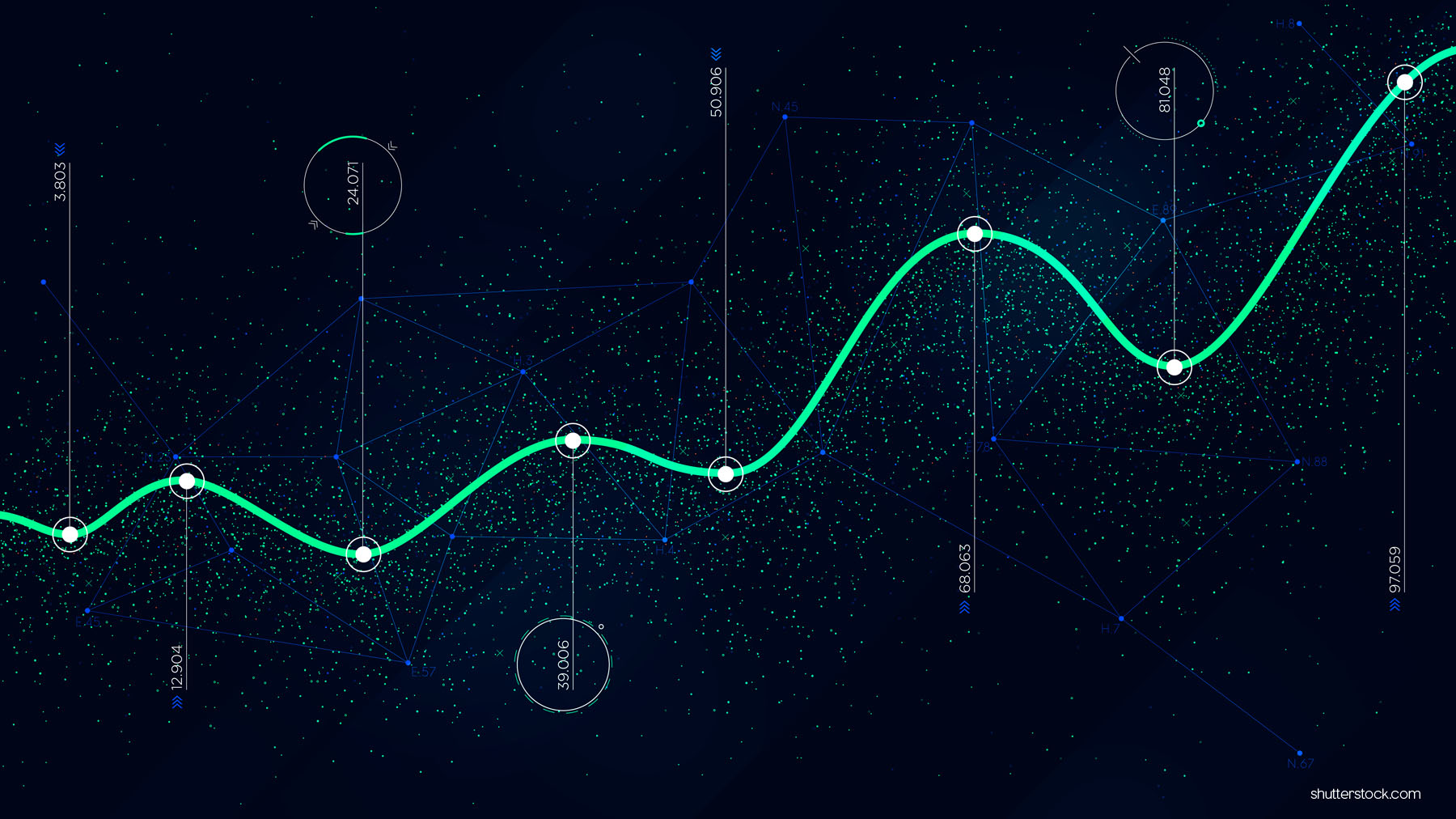Life sciences companies are striving to create better connections across the health ecosystem in support of patient care. As marketers in this industry, we aspire to facilitate integrated patient and physician engagement with a continuous, informed, and humanistic approach—one that senses and responds to the needs of individuals in the moments that matter most. Creating these experiences calls for unique steps:
- Advocating on behalf of patients and empowering them to engage in the management of their health is a primary focus. Accomplishing this requires unprecedented insight into the latent drivers of customer behavior that can be realized by linking online and offline behavioral data, both quantitative and qualitative in nature, over time.
- Connecting and empowering all players involved in the continuum of care so that education, monitoring reminders, sharing, and dialog are fluid and omni-channel in nature.
A New Approach to Real-Time Analytics
Humanizing health experiences requires a new approach to harnessing data, technology, and analytics. Customer segmentation, channel preference, attribution measurement, and Next Best Action (NBA) analytics are often employed to deduce the “moments that matter” so that one can effectively deploy relevant communications. Historically, in life sciences, these analytics were generated offline, every couple of months, using desktop tools. Today, given cloud technologies and embedded analytics, we can move closer to understanding customer needs in real time.
Many cloud technologies have been purpose built to enable real-time analytics at scale. Each has components that allow for real-time data ingestion and analytics deployment. In addition, these cloud providers also allow for easy integration of rapid machine learning experimentation through the integration of platform. But at the end of the day, you still need someone to build out the analytics, algorithms, and techniques.
So not technology, per se, but advances in computing power have enabled the adoption of large-scale, advanced algorithms that can analyze millions of customer profiles, across dozens of channels, and account for hundreds, if not thousands, of interactions per customer. These algorithms, which go by the names of Bagged Logistic Regression, Hidden Markov Attribution, and Reinforcement Learning, are, in differing applications, able to deduce customer-level insights. They specifically look at the effectiveness of each channel’s contribution to conversion to Rx and the NBA that a marketer should take to induce a conversion.
Reevaluating the Rules
From a decision-making perspective, marketers generally ask two basic questions about patient engagement: 1) Have I been effective moving patients down the treatment funnel and 2) What do I need to do next in order to optimize patient outcomes? Rules-based approaches have generally been employed to shed insight on both questions. However, while this approach is easy to implement, it can also be misleading. Recent developments that allow connection of both online and offline data and claims data, along with new analytic techniques, affords more robust, accurate, and actionable data-driven insights.
Attribution Analytics, the ability to determine how effective each channel has been at moving patients down the treatment funnel, has historically relied on rules-based insights. Last Touch Attribution (LTA) is an easy-to-implement rule that gives full ROI-credit to the last channel interaction that a consumer has before purchasing a product. Nuances to this rule look at all touches proportionately and assign more ROI-credit to channels that occur closer to purchase. Either way, these rules-based approaches are approximate at best and misleading at worst.
In general, they downplay the importance of engaging the consumer early in the treatment cycle. But given the ability to connect both online and offline customer behavior with claims data, in an anonymized way, we can now employ statistical and data-science techniques that link the entire pattern of customer behavior with a consumer’s diagnosis and treatment history. Hidden Markov Modeling and Bagged Logistic regression are just two approaches that show promise in attributing the true value of each customer touchpoint on overall treatment behavior.
Once you know what channels have worked in the past (Attribution Analytics), it’s time to think about what the NBA should be. Typically, the NBA has, again, been handled by “rules” (e.g., if a sales rep detailed an HCP, then 72-hours later send an email). But with the proliferation of channels to connect with a customer, the ability to generate meaningful rules has been challenged by the sheer number of combinations of tactics that could be implemented. And how would a marketer decide which “rule” is best to implement? Enter data-driven decisioning.
By looking at what has worked (Attribution Analytics), analyzing different sequences of tactics (Pathway Analytics), and connecting these engagement patterns with claims data, we are able to predict what the next most effective tactic or sequence of tactics would be. And if we continue to capture this data and iteratively refine our predictions, we can increase our ability to target the right content to the right consumer. Reinforcement Learning is a cutting-edge, machine learning technique that shows promise in being able to deliver real-time insights to the NBA challenge. But even if one doesn’t utilize Reinforcement Learning, other data-driven approaches can be brought to bear (Classification Analysis, Association Analysis) that help inform how to interact with your customer base in a more impactful way.
As marketers striving for better patient experiences, we should never get lost in technique and always stay true to the end goal:
- Make it personal: Empathize with the patient’s needs and emotions and foster a sense of being “in this together.”
- Anticipate moments of need: Eliminate surprises and provide transparency. Understand the key moments where patients are more likely to need support.
- Meet the patient where they are: Provide support how and when they prefer to engage.
- Activate the patient’s circles: Rally the patient’s support team and provide the resources needed to help the patient.
- Knock down hurdles: “Hard-wire” solutions to ease difficult moments for patients and their support team.











